Callaway faced a problem when designing the XR 16 and XR Pro 16 drivers.
The designers were determined to make the XR 16 even more forgiving, but to do that they knew they would have to increase its footprint, specifically the front to back dimension.
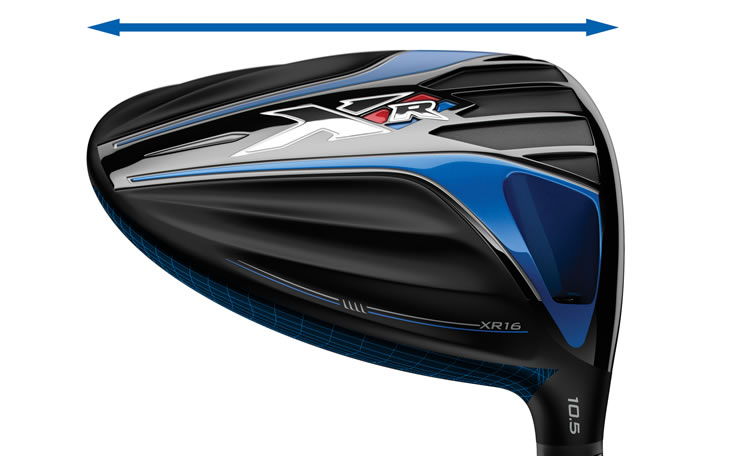
Making something larger tends to have a negative impact on its aerodynamic performance and Callaway not only wanted more forgiveness, but they also they wanted distance, a big component of which is clubhead speed.
To break this design dilemma Callaway thought outside of the box and teamed up with Boeing, a company with an unparalleled knowledge of aerospace aerodynamics.
Of course, designing an aeroplane is a different challenge to designing a driver as the flat clubface is hardly an aerodynamic shape but an essential part of a golf club. There were other challenges as Jeffrey Crouch, Boeing Commercial Airplanes' Senior Technical Fellow, Flight Sciences explains:
This was a new challenge for Boeing; also a unique challenge for the engineers involved. An aircraft moves through space with relatively slow changes in orientation; the driver is a different challenge because it moves through space with rapid changes in orientation. As a result, any aerodynamic improvements must be effective over a wide range of flow conditions.
Aeroplanes use the principle of laminar flow control which seeks to delay turbulence over the aerodynamic surfaces to reduce drag and lower fuel consumption and lower emissions.
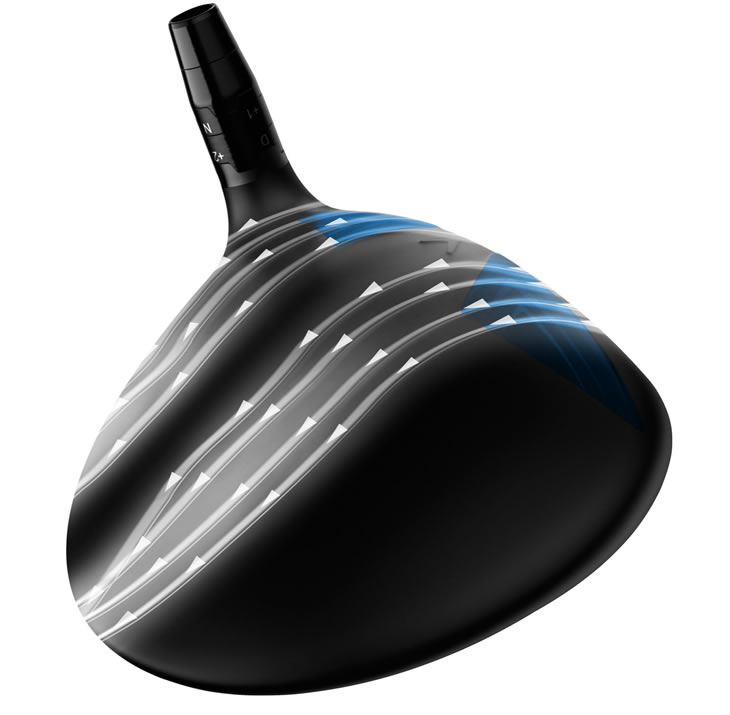
In the case of a driver the designers actually wanted to trigger turbulence in order to decrease drag by keeping the air flow closer to the crown for longer in order to increase head speed
It is the SpeedStep feature on the crown of the XR 16 driver that creates the disturbance as the air flows up the face and over the crown delaying the detachment of airflow, which in turn decreases drag and increases speed.
Testing of the SpeedStep crown in the wind tunnel showed that the feature could impact airflow both positively and negatively so the team had to be careful with the shape, size and position of the step.
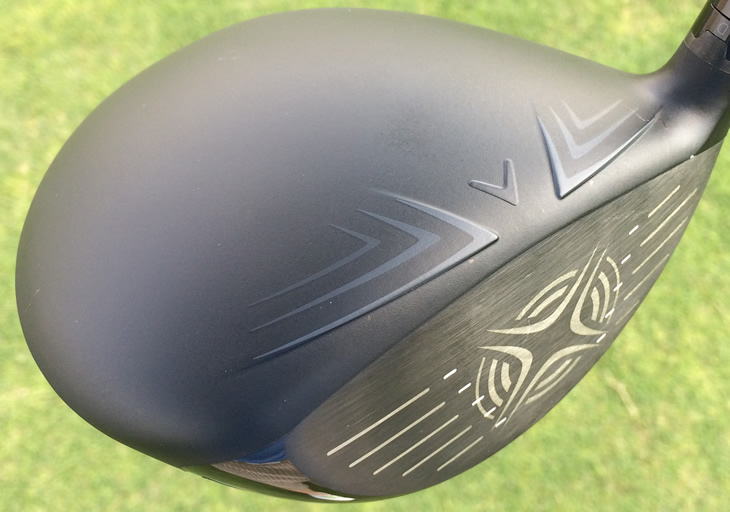
The layer of air they need to influence is the layer closest to the surface of the crown, so the features don't need to be very tall, but they do need to be close to the leading edge of the club and the edge needs to have a sharpness to create turbulence.
One interesting discovery was that the step was least effective in the middle and this area can actually have a negative impact, which is why you see a gap in the centre of the SpeedStep.
The impact of the SpeedStep can be seen in the following image which is from Callaway's computer modelling. The green line indicates where the air would leave the surface in a laminar flow scenario with the blue line indicating how much further it stays on the crown thanks to the turbulent flow created by the SpeedStep.
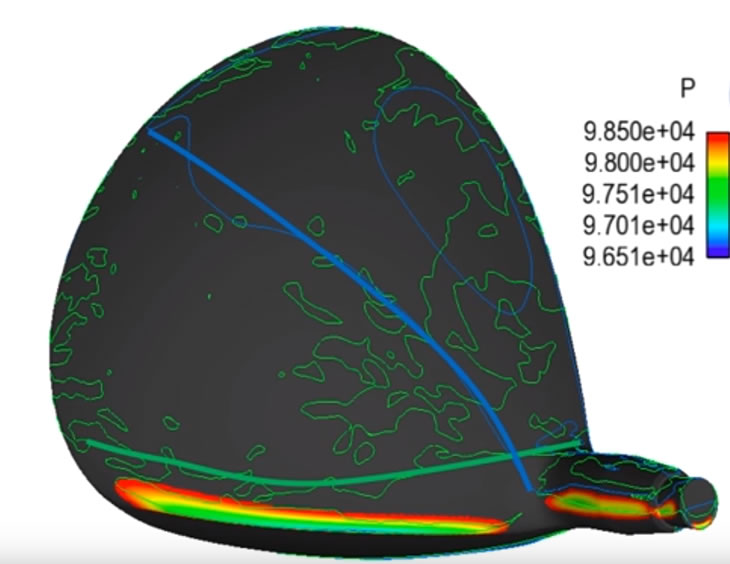
As a result Callaway says the XR 16 driver has 30% lower head drag and a 10% lower face drag than the original XR driver.
To find out more read the Golfalot review of the Callaway XR 16 and XR 16 Pro Drivers.
Callaway XR 16 Fairway Woods
Callaway say the XR 16 and XR Pro 16 fairway woods combine their highest MOI and highest COR with a low Centre of Gravity for a fairway that hits the ball long and straight.
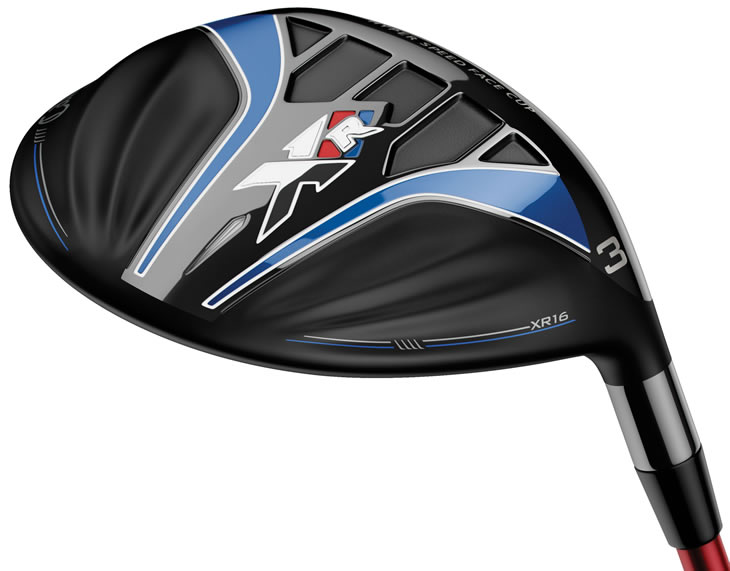
Read the Golfalot review of the Callaway XR 16 and XR 16 Pro Fairways